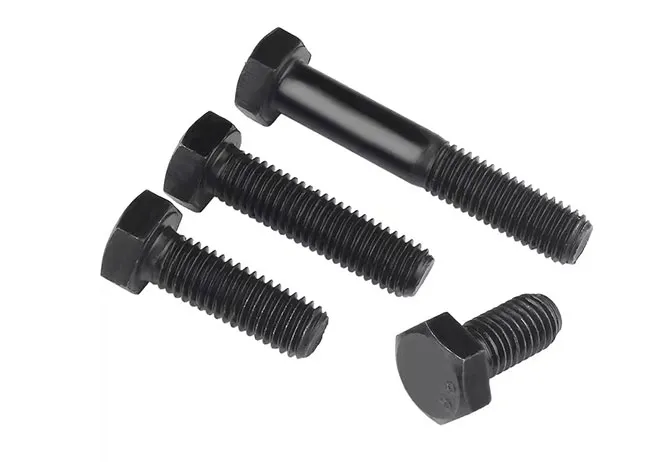valve cover washers
Dec . 07, 2024 00:56 Back to list
valve cover washers
Understanding Valve Cover Washers Importance, Types, and Maintenance
Valve cover washers may seem like a trivial component in automotive engineering, but they play a crucial role in ensuring the proper functioning of an engine. Located between the valve cover and the cylinder head, these washers help create a watertight seal, preventing oil leaks, and maintaining the necessary pressure within the engine. In this article, we will explore the significance of valve cover washers, the different types available, and the best practices for their maintenance.
The Importance of Valve Cover Washers
A properly sealed valve cover is essential for the optimal performance of an engine. The valve cover acts as a protective shield for vital engine components, including the camshaft and rocker arms. If the valve cover washers are damaged or worn out, it can lead to oil leaking from the engine, potentially causing serious damage over time. Oil leaks not only decrease engine efficiency but may also lead to hazardous situations if the oil comes into contact with hot engine parts or the road surface.
Additionally, effective sealing ensures that dirt and debris do not enter the engine. Contaminants can cause significant wear and tear on engine components, leading to decreased performance and increased repair costs. Thus, maintaining optimal valve cover washers is essential for vehicle longevity and driver safety.
Types of Valve Cover Washers
Valve cover washers come in various materials and designs, each catering to specific engine requirements
. The most common materials used include1. Rubber Washers These are popular for their elasticity and ability to create a tight seal. Rubber washers can withstand high temperatures and pressures, making them suitable for most automotive applications.
2. Copper Washers Known for their durability and heat resistance, copper washers are often used in high-performance vehicles or racing applications. Their ability to expand and contract with temperature changes provides a reliable seal.
valve cover washers

3. Fiber Washers Often used as a budget-friendly option, fiber washers offer basic sealing capabilities. However, they may not last as long as rubber or copper options, especially in high-heat environments.
Choosing the right washer type is essential for ensuring proper fitment and sealing capability, which can significantly impact engine performance.
Maintenance of Valve Cover Washers
To prolong the lifespan of valve cover washers, regular maintenance is key. Here are some essential tips to keep in mind
- Inspection Regularly inspect the valve cover and washers for signs of wear and tear. Look for cracks, deformation, or signs of oil leaking.
- Cleaning Ensure the surfaces where the washers make contact are clean and free from debris. Any dirt can compromise the seal, leading to leaks.
- Replacement When replacing the valve cover, always consider replacing the washers as well. It is a small investment that can save significant costs from potential oil leaks and engine damage.
- Torque Specifications Follow the manufacturer’s torque specifications when reinstalling the valve cover. Over-tightening can damage washers and lead to leaks, while under-tightening may not create a proper seal.
In conclusion, valve cover washers may be a small part of an engine, but they serve a significant purpose. Understanding their importance, being aware of the different types available, and practicing regular maintenance can lead to enhanced engine performance and a longer vehicle lifespan. Whether you’re a casual driver or a mechanical enthusiast, paying attention to these components can save you from costly repairs in the long run.
Latest news
-
High-Quality Panel Stud Bolt Reliable Panel Stud Bolt Factory & Suppliers
NewsJul.08,2025
-
High-Precision Fine Thread Locknuts Manufacturer & Supplier Custom Solutions
NewsJul.08,2025
-
PH Imperial Stud Bolt – High Strength Fasteners from Leading Supplier & Factory
NewsJul.07,2025
-
High-Quality Allen Wrench Bolts Leading Factory, Company & Suppliers
NewsJul.07,2025
-
Wholesale Ball Stud Bolt - High Quality Supplier & Factory Price Reliable Wholesale Ball Stud Bolt Company
NewsJul.06,2025
-
High-Strength Alloy Bolts Manufacturer & Supplier Quality Alloy Fasteners Factory
NewsJul.06,2025
